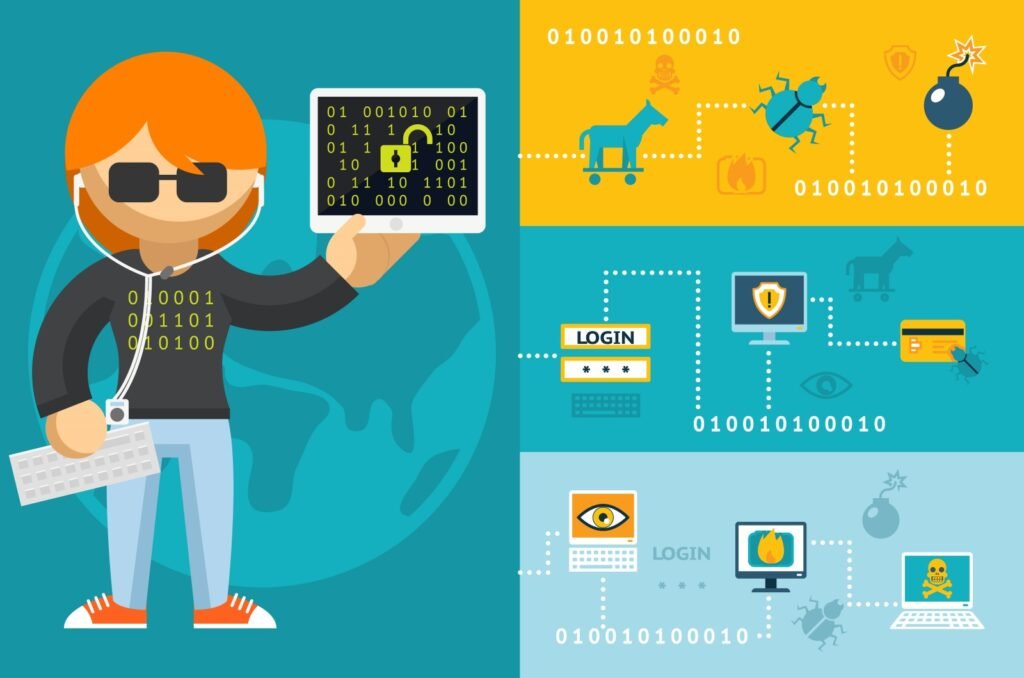You might have noticed something like qkfzzu1lbnvinhp4dlhz in a link or an email and wondered what it meant. It may seem unusual to you, but it holds a great deal of meaning. Computers generate these codes to ensure the safety of your online activities.
They let websites and apps identify users and files without disclosing personal information. You should not be concerned when you see them. They are part of the mechanism that keeps the internet running efficiently and safely. Continue reading to learn more about the random web code qkfzzu1lbnvinhp4dlhz
The Introduction To qkfzzu1lbnvinhp4dlhz
This code is known as an alphanumeric identification. It is composed of random letters and numbers. Computers use it to
- Label a file
- A session
- An order
It functions similarly to a personalized secret label. Each code is unique. They hold no meaning for humans, but computers can read them swiftly. Hackers will find it difficult to guess or exploit the code because it is random.
Why These Codes Are Used
Random codes are used on websites to ensure security. They use random strings instead of predictable names and numbers. This makes sure that your data remains private. These codes also enable large websites to serve millions of users simultaneously.
Each individual or file receives its own secure tag. They simplify record-keeping for developers. The best part is that they won’t disclose any personal information. Thus, these codes are little but significant components of digital security.
Where You May See Them
You may encounter codes like these in various locations. They can appear in email verification links, password reset links, or download URLs. They can also be found in website tracking systems. They sometimes appear when you upload or share a file from cloud storage. If you see one in a link from a reputable source, it is common and secure.
Are They Safe to Click?
Most of the time, they are safe. These codes cannot damage you. The risk exists solely if the link is sent from an unknown source. It is best not to click on emails or messages that you did not request. Always click on links from trustworthy websites. It is perfectly acceptable to use such a code in a process that you initiated, such as a password reset.
Why Are You Seeing Them More Often Now?
The use of such codes is rapidly expanding. Online businesses now adhere to strong privacy guidelines. They avoid using identifiable personal information in links. Instead, they generate hidden random codes. This helps to protect client information and makes websites safer. As more people shop, learn, and bank online, these identities have evolved into a simple but critical method for managing millions of secure transactions each day.
Wrapping It Up
The code qkfzzu1lbnvinhp4dlhz may appear strange, but it is a sign that websites are protecting you. These little digital tags keep systems private, organized, and safe. There is no need to be afraid of them. Remember to check who sent the link before clicking on it. The next time you encounter such a code, you’ll know it’s a piece of technology that keeps the internet running quietly in the background.

